#030
Revealing the Relationship Between Work,Family and
Leisure, and Aiming for
the “Three HP” of Working
People
Akihito Shimazu
Japanese Color: TEAL GREEN-iro
#030
Akihito Shimazu
Japanese Color: TEAL GREEN-iro
MOVIE

Professor
Faculty of Policy Management
Japan is facing a declining labour force, which is being fuelled by a progressively aging society with a falling birth rate.This has led to the realisation of a need for more diversity in how people work, and better quality in the work they do.An essential element of boosting productivity is looking at how to make people work more independently, and with a greater sense of purpose.Professor Akihito Shimazu is revealing the relationship between the health, life, and job performance of workers based on the key word of work engagement, which consists of vigour, dedication, and absorption.Using a multitude of tools developed from his study results, His aim is to enable each person to work healthily and proactively using the 3 HP (Health Promotion, Human Performance, HaPpiness) approach.
Work engagement happens when you have pride in and enthusiasm for your work, and are energized and invigorated by it. This mindset, which was defined by Dr. Schaufeli, Professor for Utrecht University, is the antipode of burnout. Studies so far have shown that workers with a high level of work engagement have lower depression and anxiety, are generally in good health and more positive towards personal development, and demonstrate creativity in their work.
Measures to support health in the workplace have traditionally focused on preventing mental and physical illness, with a tendency to emphasize the disadvantages of being in poor health. A more effective way of getting managers to recognize the importance of supporting the health of workers is to convey the advantages of being healthy. I started wondering if there was a key word that would resonate with management, and express how a company can benefit from having employees that are both physically and mentally healthy. It was when I was doing research abroad in the Netherlands that I came across the concept of work engagement.
Work engagement links an occupational health perspective of a worker’s health with the viewpoints of administration and organisational management. It is also being used as a selection criterion of the Ministry of Economy, Trade and Industry (METI) Health & Productivity Stock Selection Program, and as an accreditation criterion of the METI Certified Health & Productivity Management Outstanding Organizations Recognition Program.
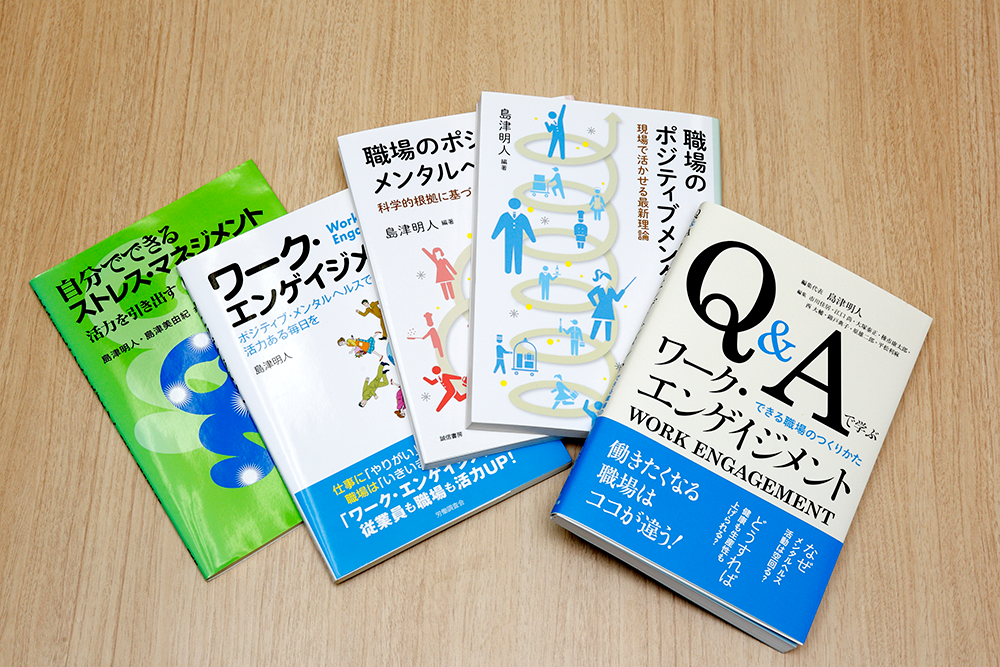
One of the pillars of my research is developing methods to energize an organisation and individual workers, and enhance work engagement. Through my research project, my research team have developed and published a set of mental health guidelines and 4 types of manuals for use in the workplace.
The manual “A Positive Approach to the Work Environment” highlights a workplace’s strengths, and sets out ways to vitalize the work environment using participative discussions. It outlines 5 steps from planning a discussion to evaluating it, and includes a checklist for understanding a workplace’s strengths, discussion timetable, and other tools.
The other manuals are a “CREW (Civility, Respect & Engagement in the Workplace) Program” for creating a workplace culture that promotes mutual respect through dialogue, a “Job Crafting Intervention Program” to boost motivation for completing tasks a worker feels they “have to do” by considering the way a person works, how they interact with others, and their cognition of work, and a “Providing support “Interpersonal Helping Behaviour” for improving the health and productivity of workers by cultivating a more supportive atmosphere in the workplace, where people proactively support each other.
All of these manuals have been written so that anyone can use them, even without having any special knowledge. Each manual specifies the target time required for an activity, and includes other useful tools such as a record sheet for participants to fill in, and ways to encourage those participants who aren't completing their sheets to do so. The manuals are available for download from my research lab homepage (https://hp3.jp/project/php#tool). I hope many people will apply these manuals to improve work engagement in their workplace.
Research in recent years has shown the health of a worker is influenced not only by his or her on-job experiences, but also by off-job experiences in their family life and community. Moreover, how a person achieves a work-life balance may also impact their family member’s health (crossover effect). I have been conducting a series of TWIN Study research projects to investigate this relationship; I started TWIN Study I in 2008, and I am now working on TWIN Study III.
This study is distinctive for its focus on dual-earner couples with pre-school child(ren). First, I looked at the husband-wife interaction in Study I, and from 2010 in Study II I extended my focus to include the child-parent interaction as well as the husband-wife interaction. My research so far has revealed various crossover effects.
For example, there is a positive correlation between workaholic father with working excessively and compulsively and his child’s obesity. A reason for this is thought to be the fewer opportunities children have get some exercise by playing with their father, who is always working. Additionally, the findings indicated that in households where the father still has a lot of work to do but also has some discretion as to how and when he does it, the likelihood of having a second child increases up to 9-fold compared to households where the father has little work to do and little say in the method and timing of its completion.
In TWIN Study III, I’m conducting intervention studies using the support program I have created based on the research and results in Study I and II. This program is being conducted in 7 districts nationwide, on dual-earner couples with pre-school child(ren). I have been examining the effectiveness of the program with a randomized-controlled trial, in which the participants are randomly allocated into 2 groups (i.e., intervention group and control group) and the indices measured at the around the start and end of the program are compared between the 2 groups.
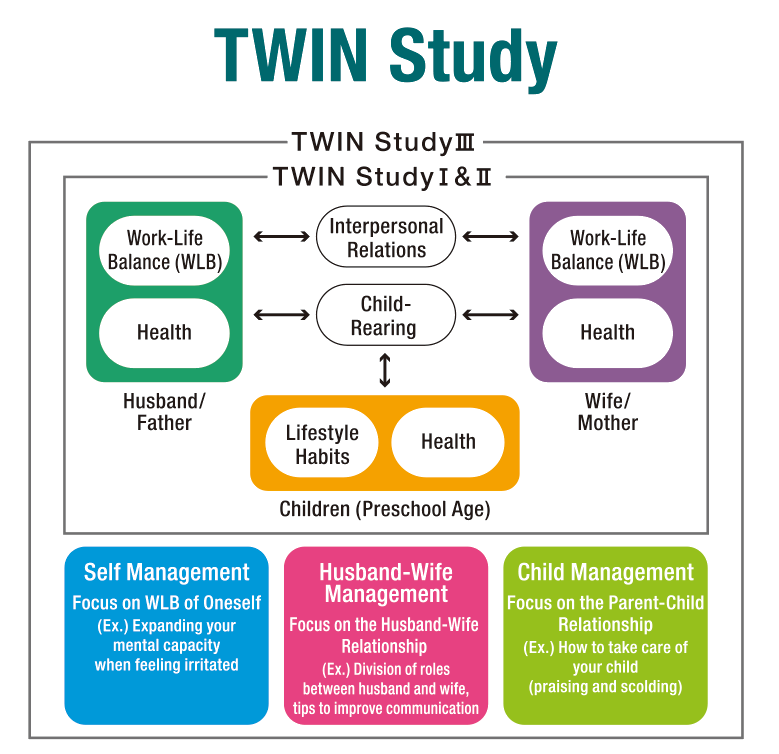
In TWIN Study III, He is developing a health support program focused on the work-life balance of dual-earner couples with pre-school child(ren). The program combines the 3 areas of self -management, husband-wife management, and parent-child management, and a randomized controlled trial is conducted to evaluate its effectiveness. The research findings are expected to not only advance health support measures on an academic level, but also facilitate the development of practical measures for maintaining their health.
Workplaces and work styles are fundamental elements to consider workers’ health and work engagement; but the way we take a rest and break from work is equally important. At the core of how we spend our leisure time is the way we mentally and psychologically detach from our work; basically, it’s a question of “Just how much can we forget about work for while?”
In fact, there is an interesting connection between psychological detachment from work, mental health, and work engagement.
“I completely forget about work on the weekends, and immerse myself in leisure activities so much that when I get back to work on Monday, it’s difficult to get back into ‘work mode’.” Does that sound familiar? Although the more we forget about work the better it is for our mental health, we now know that forgetting about work too much can actually lower our level of work engagement.
Nowadays, some companies are introducing a system called as workation (work+vacation). This system can prevent work engagement from falling by enabling employees to work occasionally even while they are on vacation.
Drawing a line between being on (at work) and off (on leisure/day off) differs for each person. There are some people who feel stressed even if the slightest bit of work encroaches on their time off, and there are others who feel better if they at least check their work inbox to stay on top of things. So going forward, we will most likely also need to consider effective ways for taking a break from work that takes into account these individual differences.
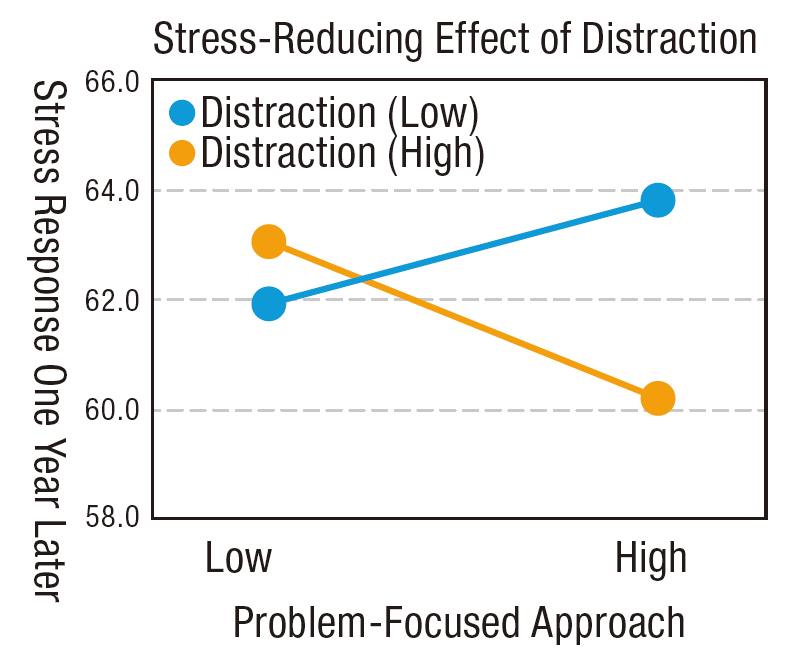
Research on stress-reducing effects based on how we take a rest and break from work has expanded from taking an extended vacation to the ways we spend our micro-break time, such as how we unwind after a day’s work and what we do during our lunch break. Approaches to cope with stress include directly addressing a problem (problem-focused approach), and doing something to relax and shift your mood to make you feel calmer and better (emotion-focused approach). Looking at the stress-reducing effect of using a combination of these 2 approaches, it is clear that people with the lowest stress levels proactively try to solve their problems while also making an active effort to relax and feel calmer.
The term work engagement is somewhat unfamiliar to Japanese people; so recently, I’ve been explaining this concept using the coined-expression shutaiteki roudou, which replaces the Kanji characters used for work (roudou) with similar sounding characters to describe enjoying your work and doing it with a smile on your face. Next I’d like to focus on investigating the term shutaiteki roudou in a more academic context.
At the moment I’m looking at the effect of the office environment on workers. While it’s known that sitting in one place for a long time is not good for our health, we now know that it can also negatively impact work engagement. So I'd like to also approach improving the mental health of workers using physical activity and other areas outside of psychology.
I’m also interested in using IT to improve mental health for workers. Wearable devices are becoming increasingly sophisticated these days, and more of these devices and other machines are gathering user information using sensing technology and sending out reminders to get up and move around. I have an idea to skilfully use information and technology to create a more pleasant and rewarding work environment and society, and so I’m collaborating with researchers in informatics.
There is a hugely popular location-based game application for smartphones that was created for entertainment, but it actually lowers the user’s psychological distress as they move around while playing the game. I’d like to create many mechanisms like this game - something that anyone can use and, without even realizing it, also helps them to work healthily and proactively.
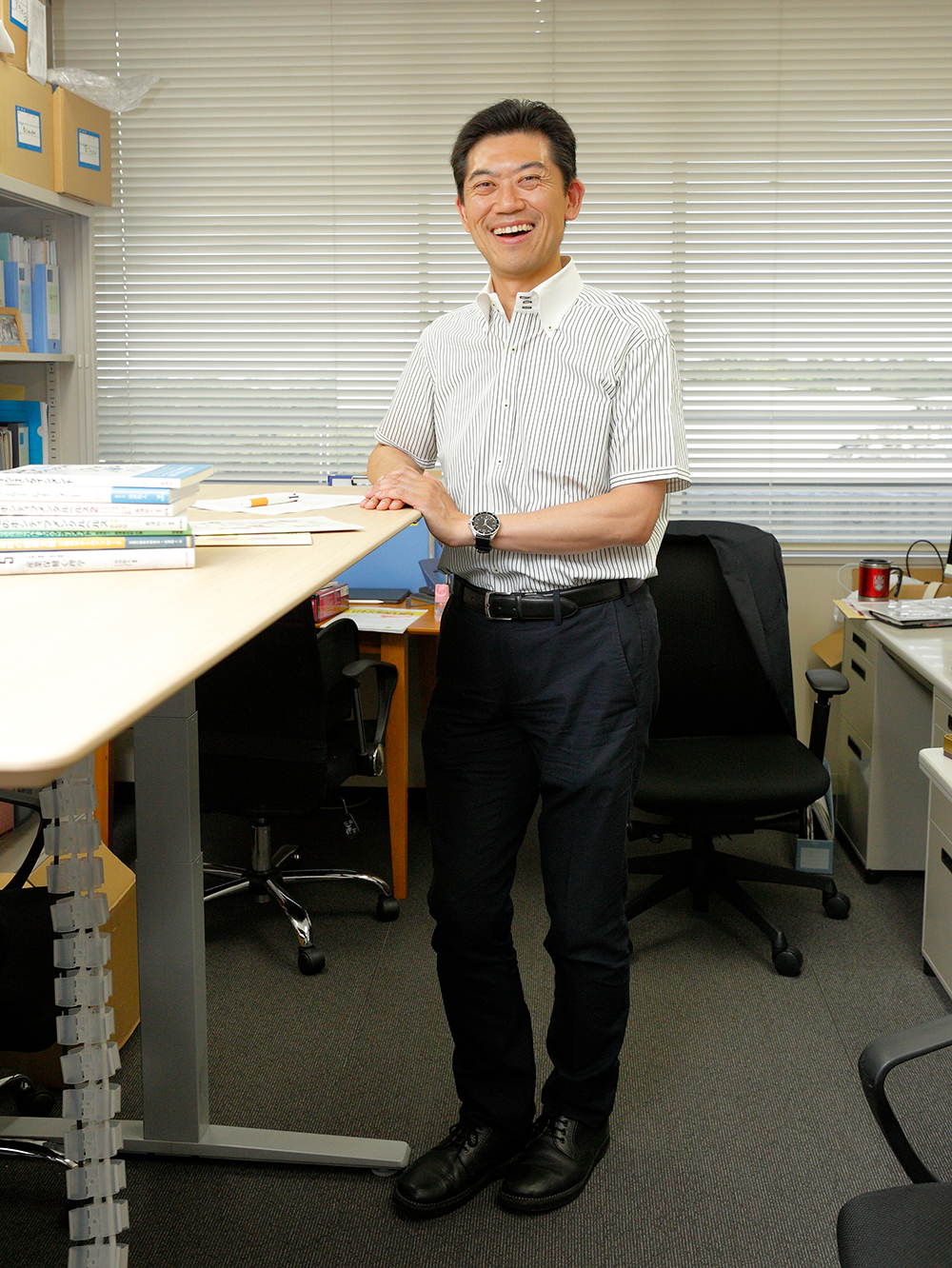
He is passionate about taking a multifaceted approach to mental health. “The height of the meeting desk in my research lab can be freely adjusted, so I can also hold a meeting while standing. The expectation is that working in a standing position will raise the level of work engagement more than just sitting the whole time. Standing also makes it easier for the meeting participants to make eye contact, which can facilitate better communication. So far, I’ve mainly researched the soft aspects of how we work, but going forward I’d like to look at the hard elements as well, including the workplace itself.”
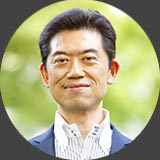
Akihito Shimazu
Professor, Faculty of Policy Management,Keio University. Completed the Doctoral Program of the Department of Psychology,Graduate School of Letters, Arts and Sciences, Waseda University. A Guest Researcher at the Department of Social,Health and Organizational Psychology in the Faculty of Social Science in Utrecht University. He assumed his current position in 2019. Ph.D. (Literature).Certified Public Psychologist, and Clinical Psychologist.

2019.Oct ISSUE